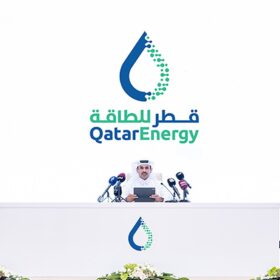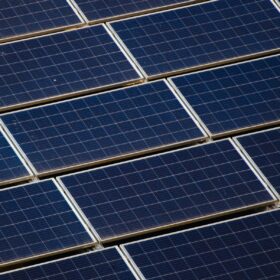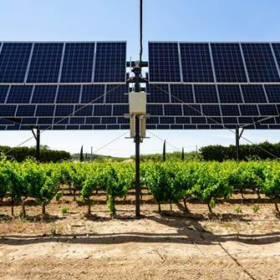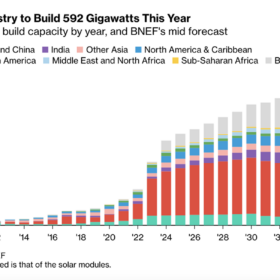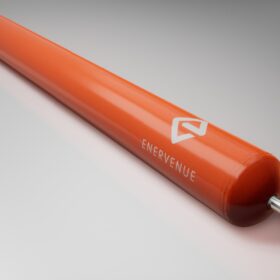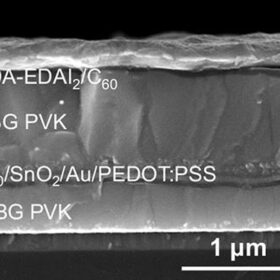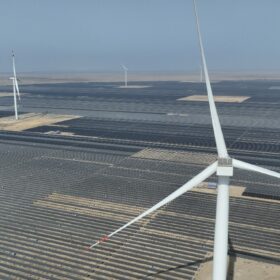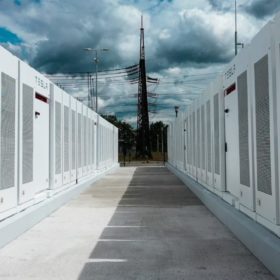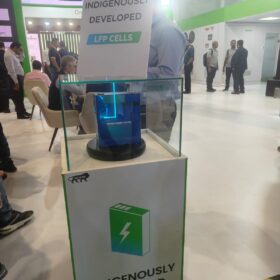Italian startup offers new bird-protection solution for rooftop PV
Italy-based Italgam has developed a new technology to prevent pigeons from nesting under rooftop solar panels. The EVO 2.0 solution uses brushes that fit between the backside of the panels and the roof.
QatarEnergy to build 2 GW solar plant
QatarEnergy has unveiled plans for a 2 GW solar project in western Qatar, which will more than double the country’s cumulative installed solar capacity.
ACWA Power secures $2.6 billion for 5.5 GW of solar in Saudi Arabia
ACWA Power has obtained $2.6 billion through a consortium of banks for three solar plants in Saudi Arabia, with a combined capacity of 5.5 GW.
The Hydrogen Stream: Uniper opens hydrogen pilot in Germany
Uniper says it has launched its Hydrogen Pilot Cavern (HPC) Krummhörn plant in Germany with nearly 500,000 cubic meters of green hydrogen storage, while Air Liquide has inaugurated a 20 MW electrolysis plant in Oberhausen, Germany.
Unlocking the potential of agrivoltaics
Agrivoltaics, the innovative practice of co-locating agriculture and photovoltaic (PV) systems, is revolutionizing sustainable land use and energy production. By harnessing the synergy between agriculture and solar energy, agrivoltaics offers a transformative solution to address the challenges of food security, water scarcity, and climate change. This article explores the burgeoning agrivoltaics market, its potential benefits, challenges, and future outlook.
EVLO introduces 5 MWh containerized battery energy storage system
EVLO Energy Storage has developed a 5 MWh battery system with a two-hour to four-hour duration in a 20-foot container.
Price range for US-delivered modules widens
In a new weekly update for pv magazine, OPIS, a Dow Jones company, provides a quick look at the main price trends in the global PV industry.
Solar module installations could hit 592 GW in 2024
BloombergNEF says the global solar industry will install 592 MW of modules this year, up 33% on 2023. The consultancy has also lowered its estimate for 2024 polysilicon production, as manufacturers are temporarily scaling back output.
Avid signs Australian supply deal for nickel-hydrogen storage solution
Western Australian energy solutions provider Avid Group has signed a master supply agreement with United States-headquartered company Enervenue which manufactures nickel-hydrogen batteries it says are capable of more than 30,000 duty cycles at two to 12-hour discharge rates.
All-perovskite tandem solar cell based on tin-lead perovskite achieves 28.8% efficiency
Conceived by Chinese scientists, the cell was built with new surface reconstruction strategy based on the use of 1,4-butanediamine (BDA) and ethylenediammonium diiodide (EDAI2) as surface modifiers. The device was able to retain 79.7% of its initial efficiency after 550 h.

